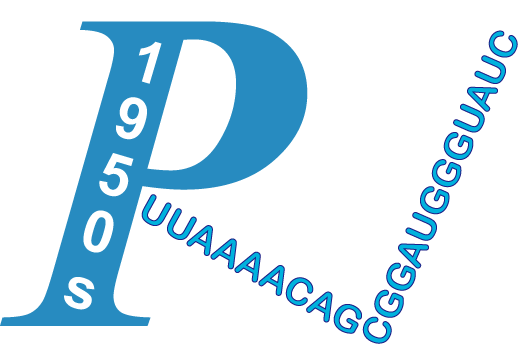| Title | Non-invasive Predictors of Esophageal Varices With a High Risk of Bleeding in Pediatric Cirrhotic Patients. | ||
| Author | Lopes, Jose Ricardo Borem; Ferreira, Alexandre Rodrigues; Liu, Priscila Menezes Ferri; Queiroz, Thais Costa Nascentes; Fagundes, Eleonora Druve Tavares; Pimenta, Julio Rocha; Neto, Jose Andrade Franco; Carvalho, Simone Diniz; Borges, Maria Eduarda Marques; Colin, Lucas Garcia de Figueiredo | ||
| Journal | J Pediatr Gastroenterol Nutr | Publication Year/Month | 2021-Jun |
| PMID | 33399326 | PMCID | -N/A- |
| Affiliation + expend | 1.Pediatric Gastroenterology Group, Hospital das Clinicas da Universidade Federal de Minas Gerais. | ||
OBJECTIVES: To evaluate non-invasive predictive factors of varices with a high risk of bleeding in pediatric cirrhotic patients. METHODS: This retrospective, cross-sectional study included data from 158 children with cirrhosis, median age of 5.38 years (interquartile [IQ] 2.08-11.52 years), and no history of upper gastrointestinal bleeding. Patients underwent an endoscopy to screen for esophageal varices. Varices with a high risk of bleeding were defined as those with a medium to large caliber, presence of red spots, or the presence of gastric varices and identified as high-risk varices (HRV). Laboratory and clinical factors were evaluated as possible predictors of HRV. RESULTS: HRV were detected in 30 children (19%) after the first endoscopy. In the multivariate analysis, only the risk score (RS), as described by Park et al, and the aspartate aminotransferase-to-platelet ratio index (APRi) were predictive of HRV. The best non-invasive predictor of HRV was the RS with an area under the receiver operating characteristic curve of 0.764. When used a cut-off point of -1.2, the sensitivity of the RS was 90% and specificity was 53%. The use of RS or APRi correctly identified 96% of children with HRV. CONCLUSIONS: The described predictors allow the correct identification of patients with HRV. The association of RS >-1.2 or APRi >1.4 has a good sensitivity to identify HRV and to prevent unnecessary endoscopy in about one-third of children with no HRV.
